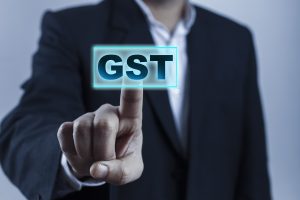
The high 18% GST on batteries used for swapping is one of the biggest hurdles to accelerating India’s transition to electric vehicles (EVs), said Anant Badjatia, CEO, IndoFast Energy. Speaking at a panel discussion on EV and the future of mobility at Bengaluru Tech Summit 2024, Badjatia called for urgent reforms to taxation and policy, emphasising the transformative potential of battery swapping if these barriers are addressed.
“GST is a major barrier,” he said. “We are currently paying 18% GST on batteries for swapping. If the government reduces this, it will give the industry a massive boost. Battery swapping already addresses range anxiety, cost, and safety concerns—this tax reduction could take it to mainstream.”
Badjatia also pointed out that inconsistent state regulations are hampering the rollout of EV infrastructure. “The process for setting up charging or swapping stations is riddled with state-specific norms,” he said. “In Hyderabad, you need a transformer for anything over 15 kW, while in Delhi, you don’t need one up to 100 kW. These inconsistencies make scaling much harder than it needs to be. Unified policies and single-window clearances would transform the industry.”
Battery swapping, a relatively new model in India, separates the battery from the EV, significantly reducing upfront costs and addressing concerns about range and downtime. “A single-point charger can handle 10 to 12 vehicles a day, while a swapping station can handle up to 200 vehicles daily in the same space,” Badjatia said. “For cities, it’s a far better solution. The math is clear. If you’re driving 10 kilometers a day or 100 kilometers a day, swapping makes sense. It’s cheaper, safer, and future-proof. This isn’t just an option—it’s the future of EVs,” he added.
The reluctance of larger original equipment manufacturers (OEMs) to adopt battery swapping is another challenge, but Badjatia said attitudes are changing. “Larger OEMs are hesitant because they’ve already invested billions in fixed-battery EVs over the last five years,” he explained. “But we’re seeing a shift. We tell OEMs to let the customer decide—whether they want a fixed battery, swapping, or even CNG. Consumers should have the power to choose.”
Source : Financial Express


